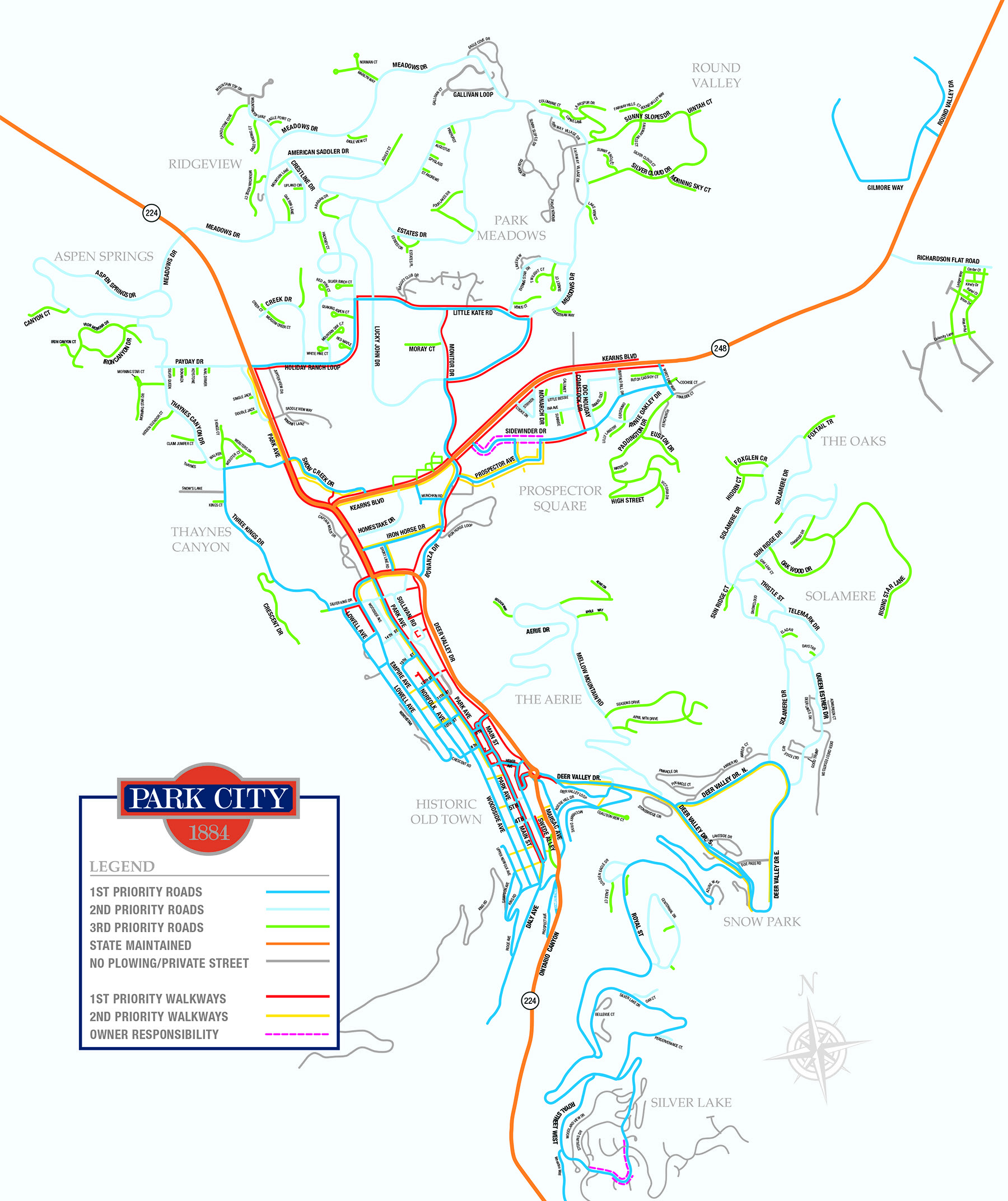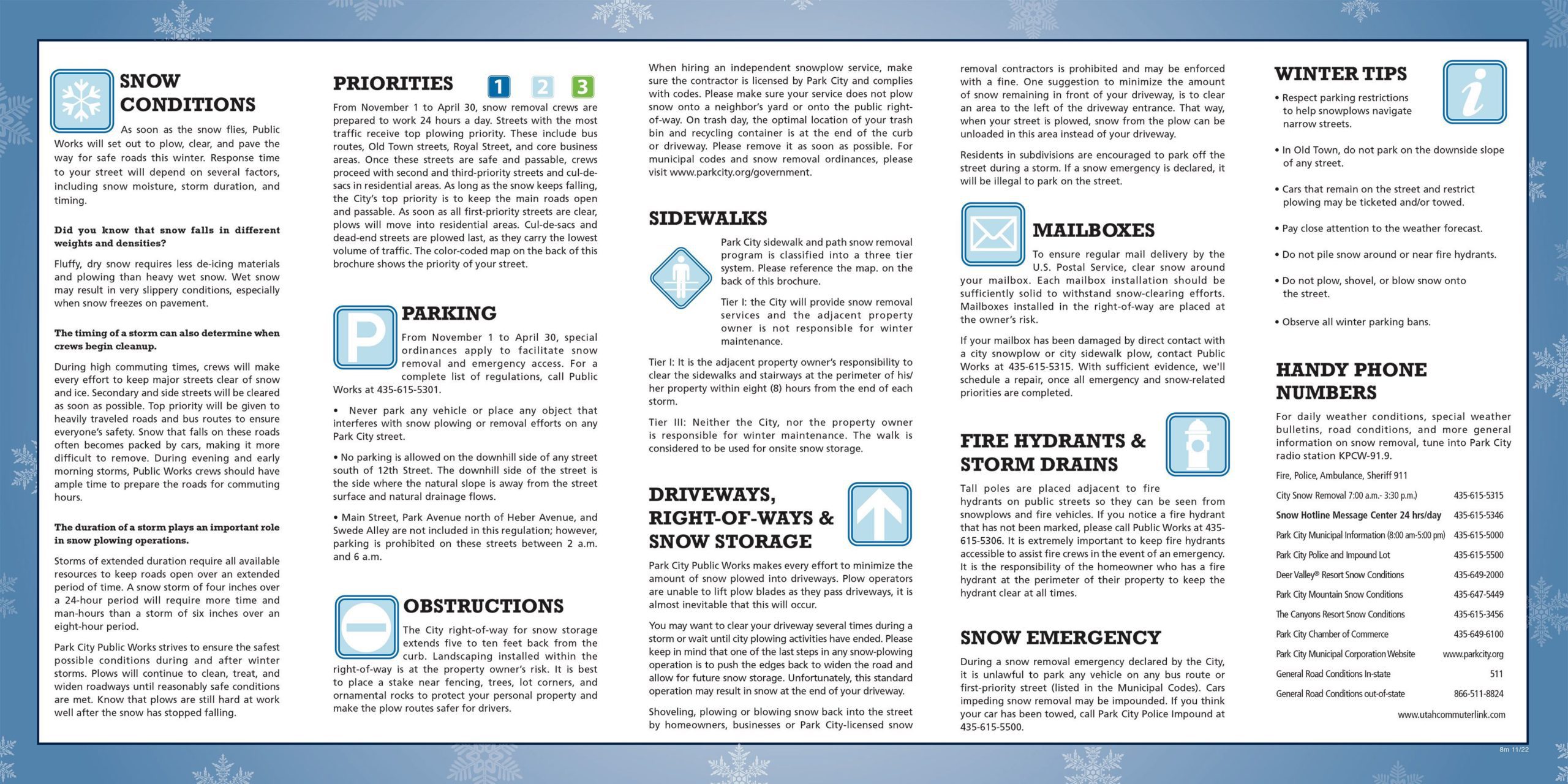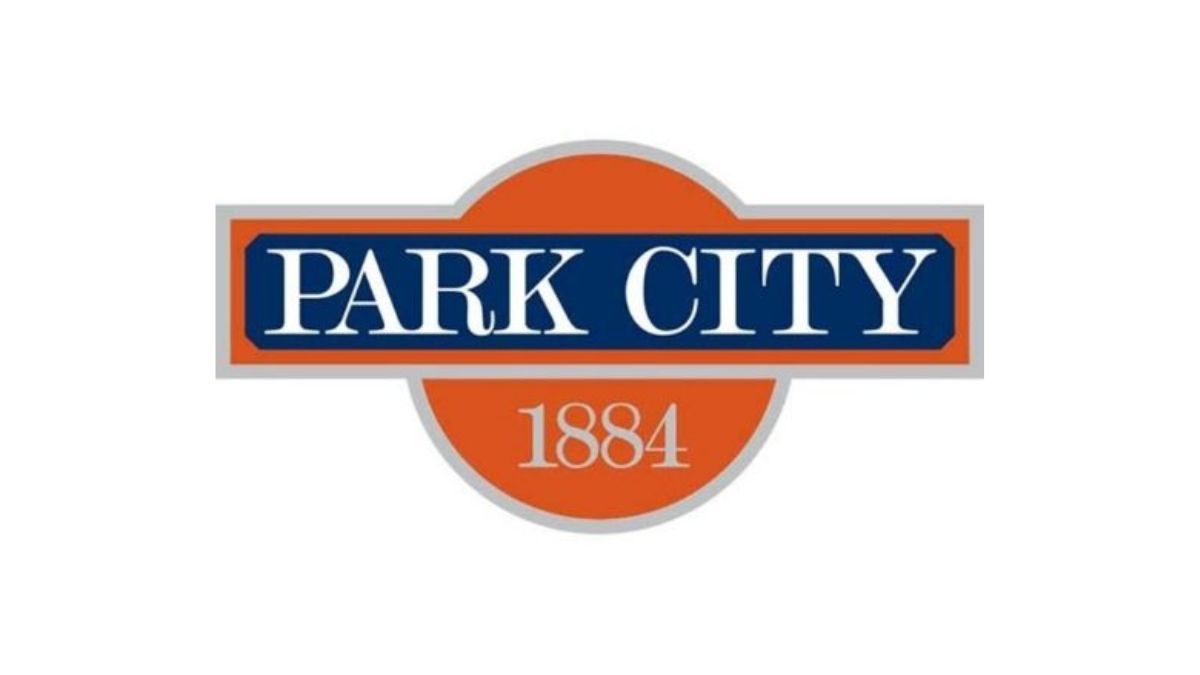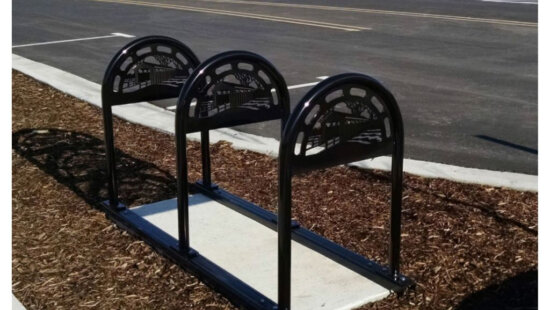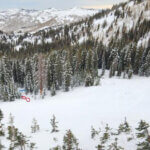Community
Weathering the storm: winter’s daily challenges for park city snow plow crews
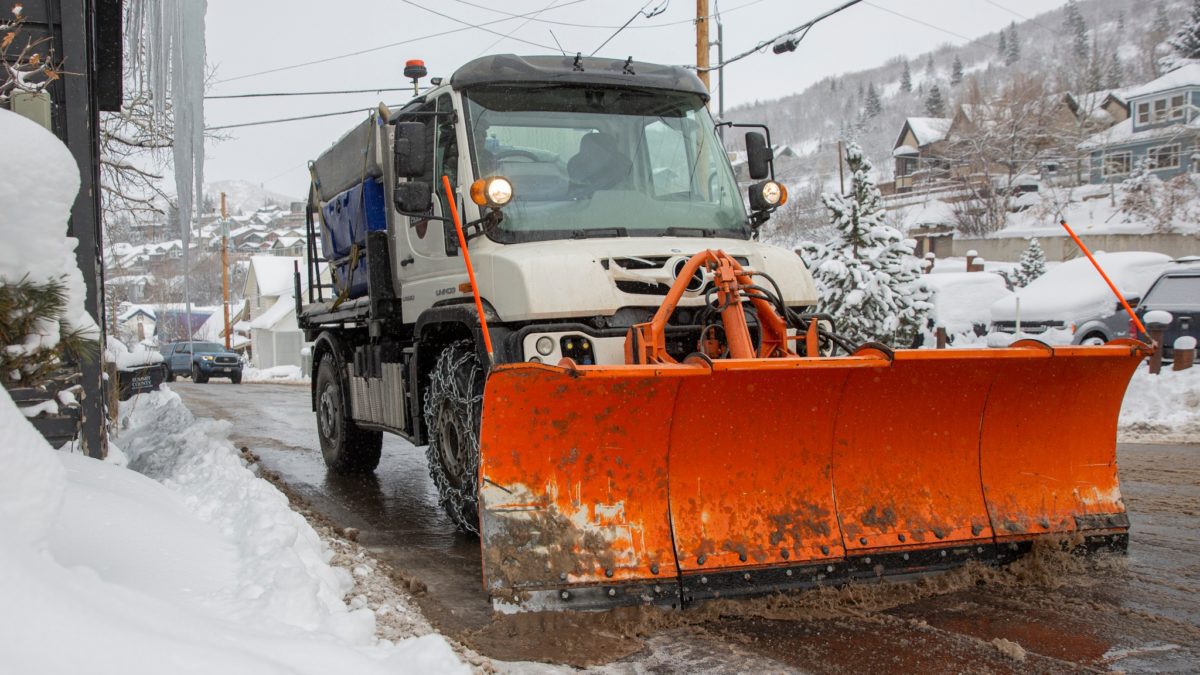
Park City Public Works snow plow clearing street. Photo: Courtesy of Park City.
PARK CITY, Utah — With winter weather comes snow and ice. The many problems associated can lead to dangerous conditions on roads, pathways, sidewalks, and many other areas. Park City Public Works is in a constant battle with every passing storm, working day and night. Their road-clearing efforts from snow and ice make a difference in the fight to help keep Park City residents and travelers safer.
The city public works department has 133 lane miles of road to maintain. Doing the work are four crews made up of four plow drivers, each allowing for the crews to work either four 10-hour shifts if it is not snowing or 12-hour shifts if it is. This allows the city to have available snow plows 24/7 for weeks or even months, should the weather dictate that need.
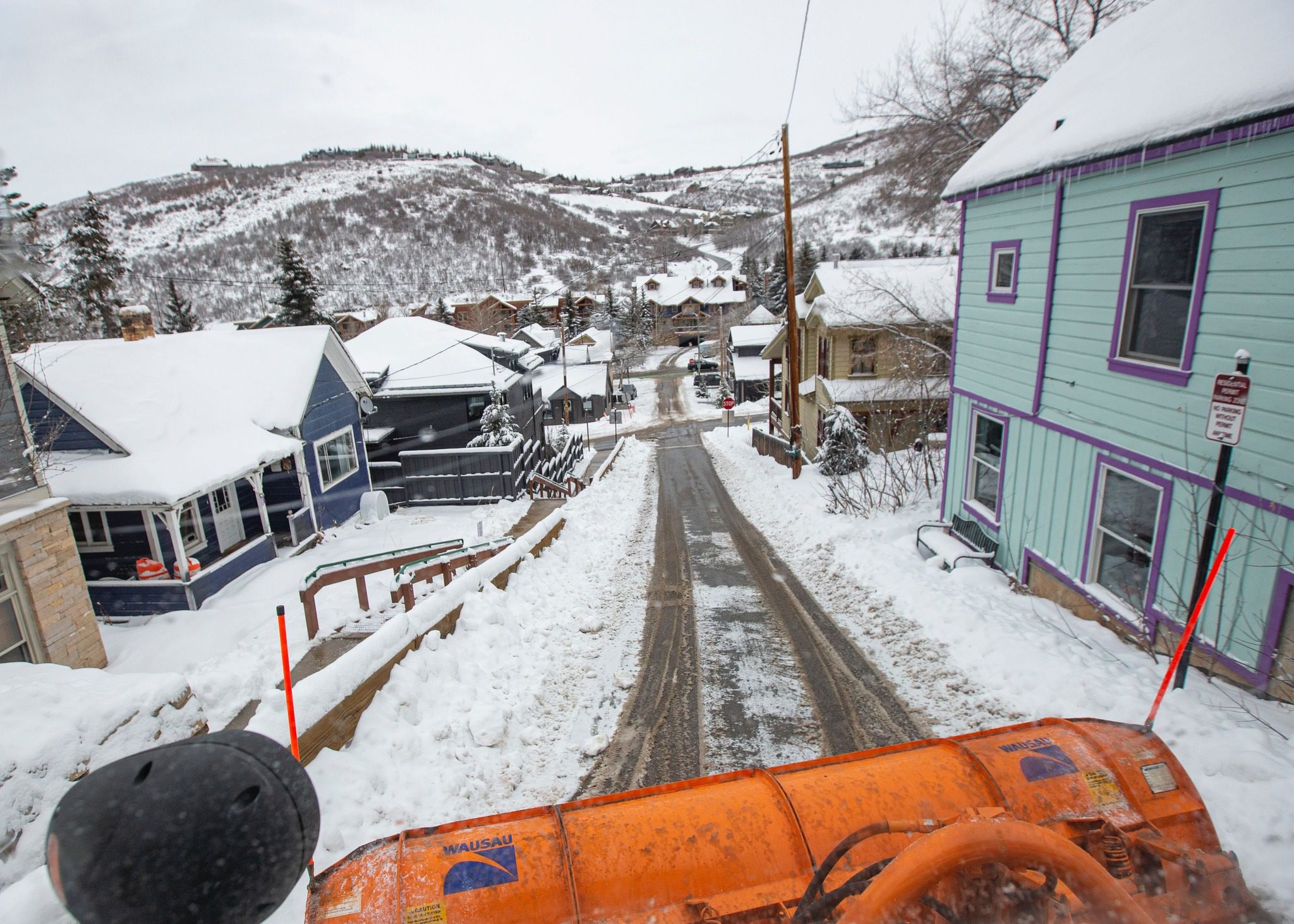
Typically it takes a crew of four drivers to keep the town in working order. The city is broken up into four segments in which one driver will be sent to each area. In some areas of Park City, such as Old Town, it’s not as simple as clearing a road of snow. The excess snow has to be hauled away. In tight areas, where pushing the snow away is not an option, staff will blow snow onto city easements. A daytime crew of six clears parking lots and other areas while also focusing on pushing back snowbanks to minimize any build-up of snow onto people’s driveways.
“It’s our responsibility to do the best we can to create the safest routes possible so that they can come to our city to do their skiing, enjoy their vacation, and leave without getting into an accident. Even small fender benders are tough and just ruin people’s days. We try to keep that in the back of our heads, that we’re trying to create a safe road through that person who’s never driven in snow, and it’s hard to do,” said Public Works Manager Troy Dayley.
Snow plows operate on a priority list, with many main or busier roads receiving first priority. From there, crews work through the second and third priorities consisting mainly of neighborhood streets and culdesacs. State Roads 224 and 248 are maintained by the Utah Department of Transportation.
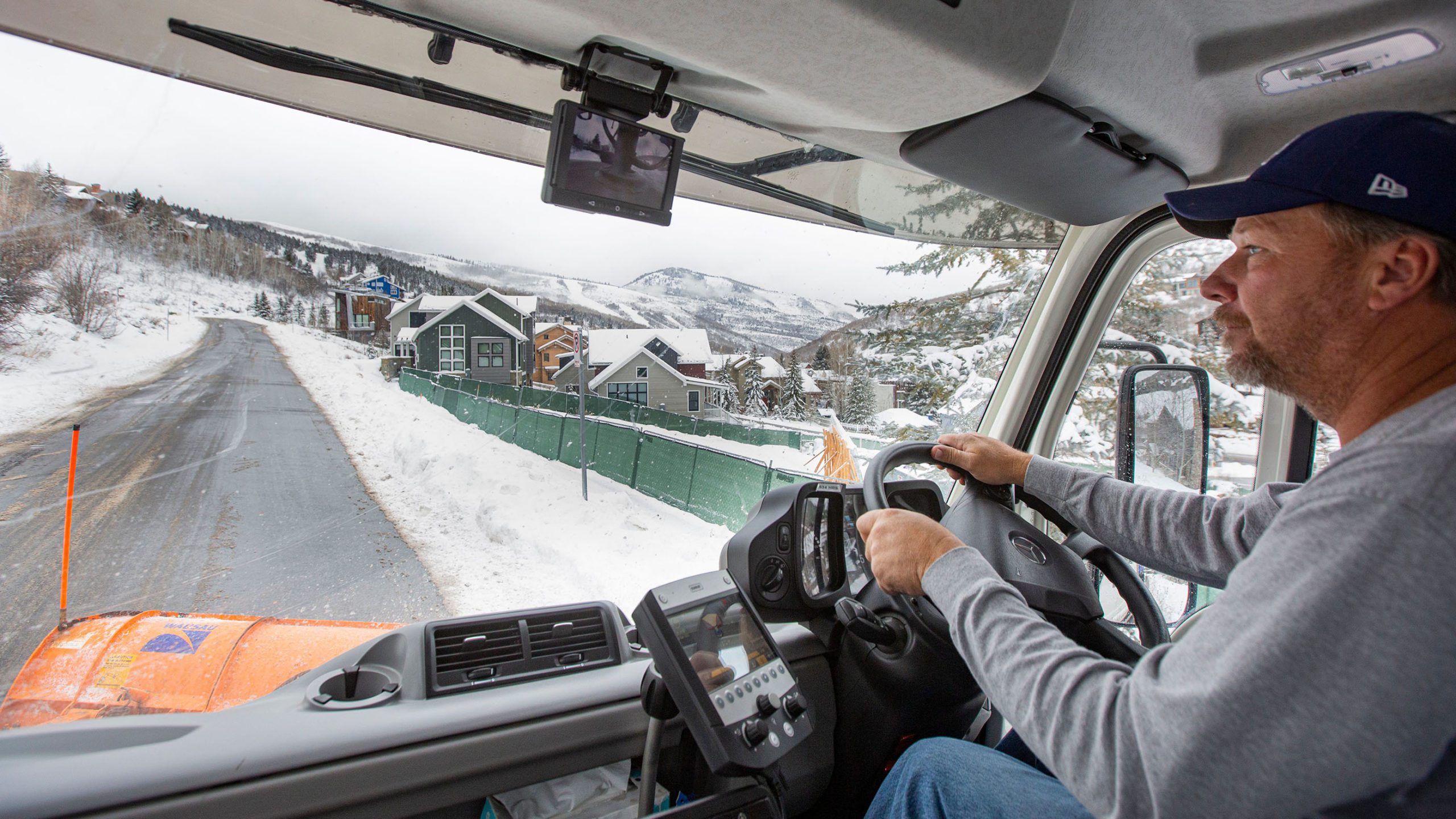
In addition to roads, the city also maintains miles of sidewalks and stairs in the city. Sidewalks are done similarly to that road clearing in that there is also a three-tier priority list. Many areas, such as the main street, routes to and from schools, and other places, are maintained by city staff and broken down into first and second priorities. Only two areas are required to be maintained by adjacent property owners.
“There are only two small areas in town that we require the property owner to maintain. One is in the Prospector Business District, where the sidewalks are too narrow for us to get our equipment in and plow. The second is at the top of Silver Lake, where it’s impractical for us to haul equipment up there to do a small section. So those are the only two sections we require adjacent property owners to maintain; other than that, we do everything else,” said Dayley.
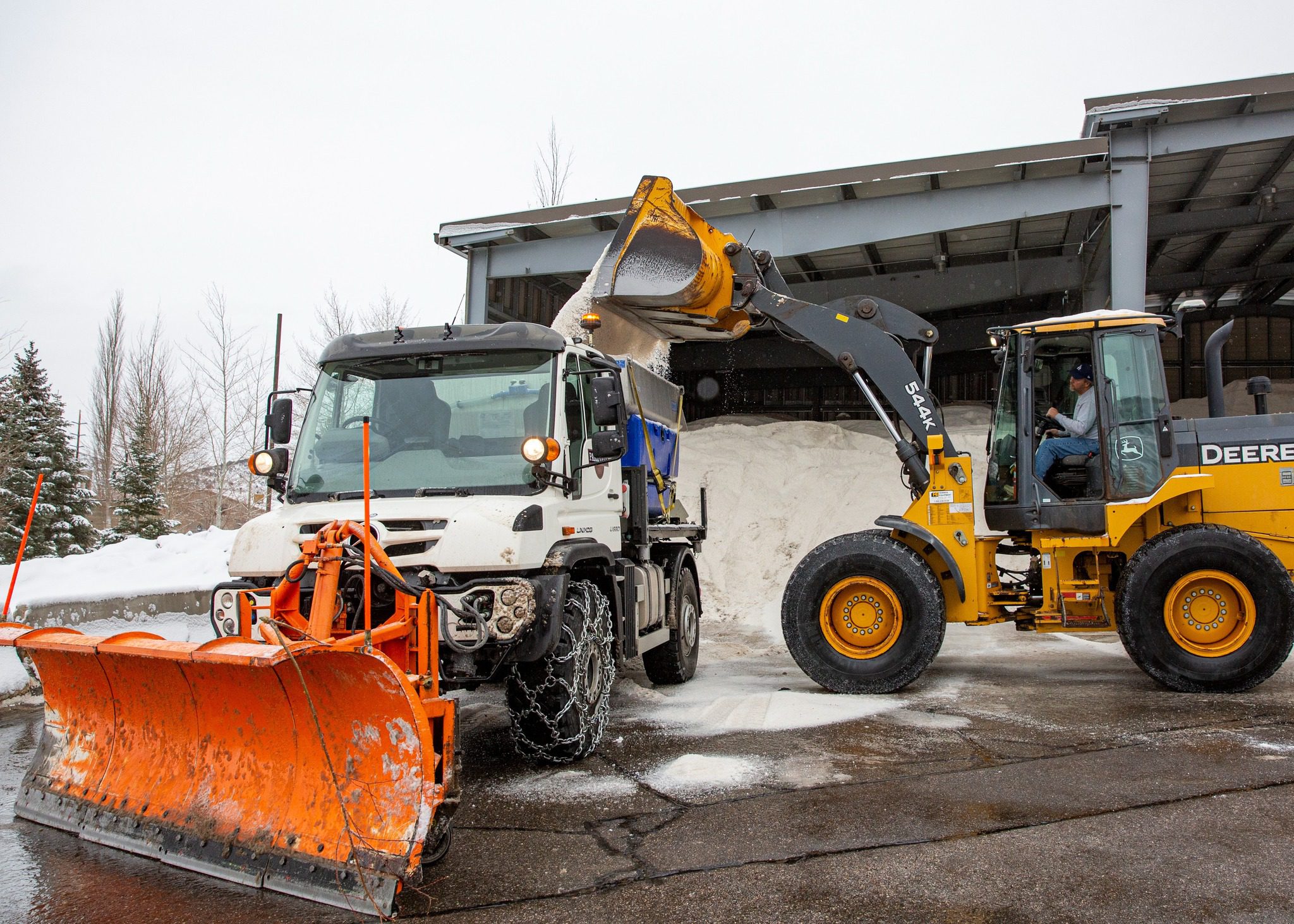
Combatting ice on roads and sidewalks is a task that takes knowledge and skill. In years past, salt harvested from the Great Salt Lake, mixed with a small amount of liquid calcium chloride, would be used in high quantities to make streets safe. Around eight years ago, state officials notified city staff that groundwater contained a high level of salt and that it needed to be reduced.
“What we did is we tried to reduce salt usage without changing service levels. We equipped drivers with more information, such as how and when to use salt, so every truck has got the ability to read the air temperature and the road temperature and then forecast out what’s the next eight hours going to be like and make decisions on whether to use salt and how much salt to use based on that,” said Dayley.
Snow plow drivers are given the tools through training and equipment and are empowered to choose how best to maintain the safety of a street. It’s also a team effort in which a crew member might notice that temperatures are expected to rise and suggest to others that less salt would be needed. As a result of those steps, salt usage was reduced by about 30% resulting in a drop in salt content in the water supply.
“We test the water in town for salt levels from different locations weekly, and we use that as a measure of our performance and chart that performance in the water. So when it’s snowing hard, you’re getting your butt kicked, and it feels like you’re not getting anywhere with a plow. You want to turn that salt on because you can chemically remove that snow by causing it to melt and keep the ice from forming. It’s through discipline that we have to turn down that temptation and just keep plowing and working the storm until it’s over versus just using salt,” said Dayley.”
During a storm, snow can build up more in certain areas than in others. The public can contact the crews via a 24-hour mobile hotline and leave a message notifying them that a particular area needs attention. In addition, there is also a map on the public works site called Find My Plow with information about where plows have been and when over a 48-hour period. For more information, see the snow removal guide found on the public works page of the city website.
